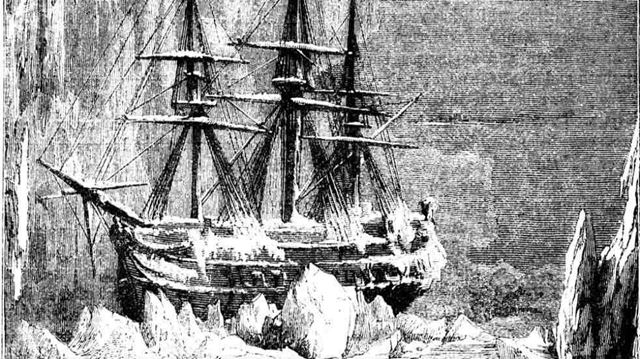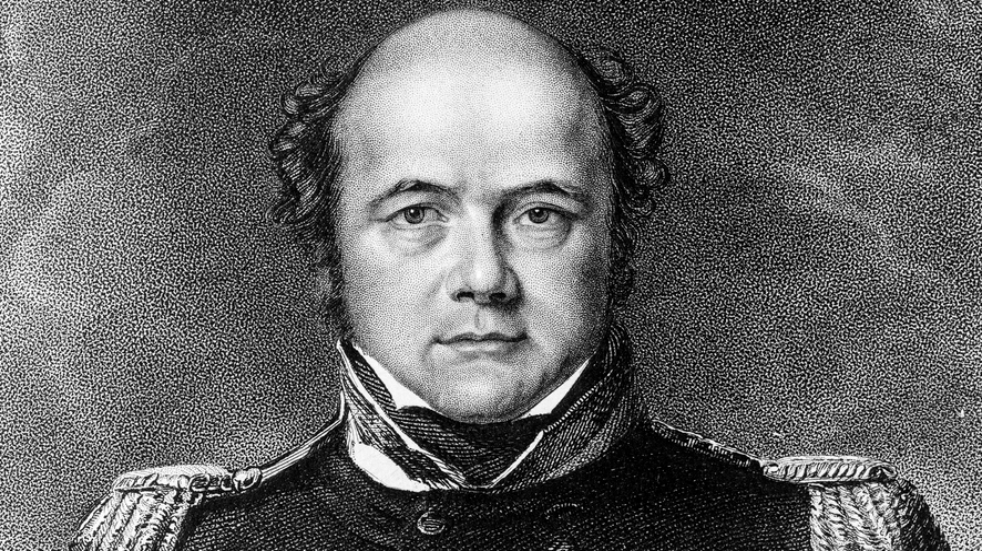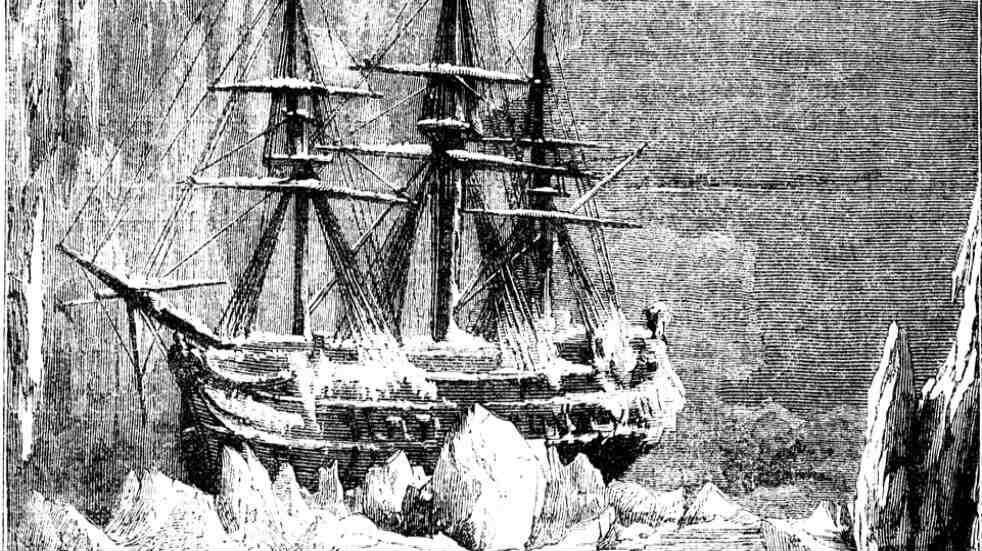
Your need-to-know guide to one of naval history’s most tragic true stories
Sir John Franklin’s expedition into the Northwest Passage ended in tragedy, and it has been brought to life in a new exhibition. Test your knowledge with these facts...
1. Why they went...
Since the 16th century, the British had been looking for a way through the fabled Northwest Passage (situated along the northern coast of North America, connecting the Atlantic and Pacific oceans). The expedition, they believed, would help uncover important scientific information and strengthen the British position in that part of the world.
2. Franklin beat younger officers for the job
Sir John Franklin was put in charge of the expedition at the grand age of 59, in spite of protests that other candidates were younger and more capable.
3. Franklin was a Battle of Trafalgar veteran
Franklin, a Royal Navy officer and explorer, fought at the Battle of Trafalgar, fighting against Napoleon’s fleet in 1805.
4. Two ships set sail for the Northwest Passage
The Franklin expedition was made up of two ships – HMS Erebus and HMS Terror – which set sail from Greenhithe, England, on 19 May 1845, with a crew of 24 officers and 110 men. Both ships had been given enough provision for a three-year voyage.
5. Erebus means something very disturbing
The name Erebus means, somewhat grimly, “the darkness under the earth, imagined either as the abode of sinners after death or of all the dead.”
6. Only one photograph is believed to exist of Franklin
It was taken just before he embarked on his final voyage.
7. Franklin himself was never found

The two ships became trapped in ice off King William Island in September 1846.
According to a note later found on the island, Franklin died on 11 June 1847. The exact location of his grave is sadly unknown.
8. The first search parties set sail in 1847
Despite various expeditions, the crew’s fate wasn’t discovered until 1859, when a final search mission reached King William Island. Skeletons of the vessels’ crews were found, as well as a written account of the expedition, finishing on 25 April, 1848.
9. Searching for them was an expensive business
The search cost, in today’s prices, was £30 million, the biggest search and rescue mission in history. In all, nearly 40 ships were dispatched.
10. Many of the crew members suffered from lead poisoning
Postmortems conducted in the late 20th century on the bodies of several of the crew members revealed that they were affected by botulism, scurvy and lead poisoning (possibly caused by badly tinned food).
11. Some survivors headed towards North America
It’s understood the surviving crew members decided to head towards the North American mainland, 1,000 miles away. Gruelling enough, but when you consider that they were hauling sledges of around 8,000lb, then it’s little surprise that they failed to reach their destination.
12. Some of the crew ate their dead
There’s evidence that some of the crew members resorted to cannibalism in the desperate effort to survive. Scientists have identified cut marks on some of the excavated bones.
13. The ships were only discovered recently

The Erebus remained lost until 2014 when it was discovered by a group from Canada. It was found on the ocean floor just off King William Island. Two years later the Terror was found, in the aptly named Terror Bay. Both were remarkably well preserved.
A new exhibition at the National Maritime Museum in Greenwich, London, puts many of the personal items found on board the two ships on display for the first time. Click here to find out more and save 10% on tickets for the exhibition by booking through Boundless.

